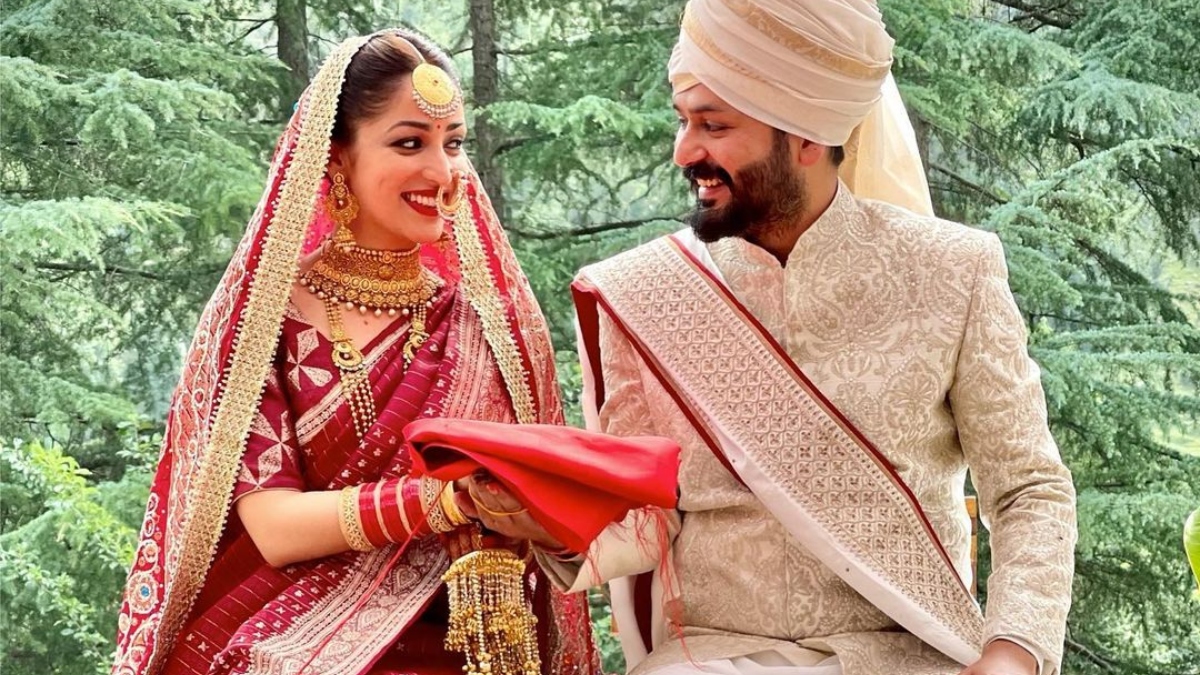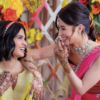Weddings, in their multifaceted grandeur, are more than just a ceremonial union of two individuals. They are deeply symbolic rituals that bind not only the couple but also their families and communities. Across cultures, wedding traditions reflect the values, beliefs, and promises that sustain a marriage. While the customs may vary, the essence of commitment, love, and unity remains unchanged.
In today’s rapidly changing world, these age-old rituals help to establish a sense of continuity, weaving couples into a larger tapestry of family, culture, and faith. They foster deep emotional connections and provide a reflective space for the couple to contemplate their vows and the commitments they are making to each other. Whether rooted in sacred texts or reinterpreted for modern sensibilities, wedding traditions play a pivotal role in strengthening the emotional and spiritual bonds that are central to enduring partnerships. Khush explores how these time-honoured rituals continue to nurture and fortify marriages, drawing from both Indian wedding traditions and civil ceremony practices.
Indian wedding traditions: Bridging heritage and modern love
Indian weddings are an intricate blend of tradition, culture, and spirituality. Each ritual carries profound meaning and is designed to not only celebrate the union of two individuals but to mark the sacredness of the relationship they are entering into. These customs often passed down through generations, are reinterpreted in modern times, but their underlying messages of love, respect, and commitment remain timeless.
Saat pheras
The saat phere—seven rounds around the sacred fire—is one of the most iconic rituals in an Indian wedding. Each circle represents a vow the couple makes to each other, encompassing promises of loyalty, respect, prosperity, and spiritual growth. The couple’s commitment to walk together through every phase of life is reinforced with each step. In modern times, this ritual resonates deeply with couples, offering a moment of reflection on their shared goals and values. The act of physically walking around the fire symbolises the journey of life, where the couple’s paths will forever be intertwined.
Tying of the chunnis: The unification of two souls
The tying of the chunni—a sacred shawl or scarf—by the groom over the bride’s head is an intimate and symbolic act that signifies the groom’s commitment to care for and protect his bride. The chunni is often presented to the bride by the groom’s family, reinforcing the idea that marriage is not just between two individuals but also between their families. In some regions, the chunni is tied by the bride’s parents as a gesture of trust and love. This ritual can be seen as an outward manifestation of the emotional and spiritual unity that the couple shares. For modern couples, this act has become a beautiful tradition that signifies not only protection and care but also equality, as both partners enter into their marriage with shared responsibility and mutual love.
Mangalsutra and sindoor: Symbols of marital commitment
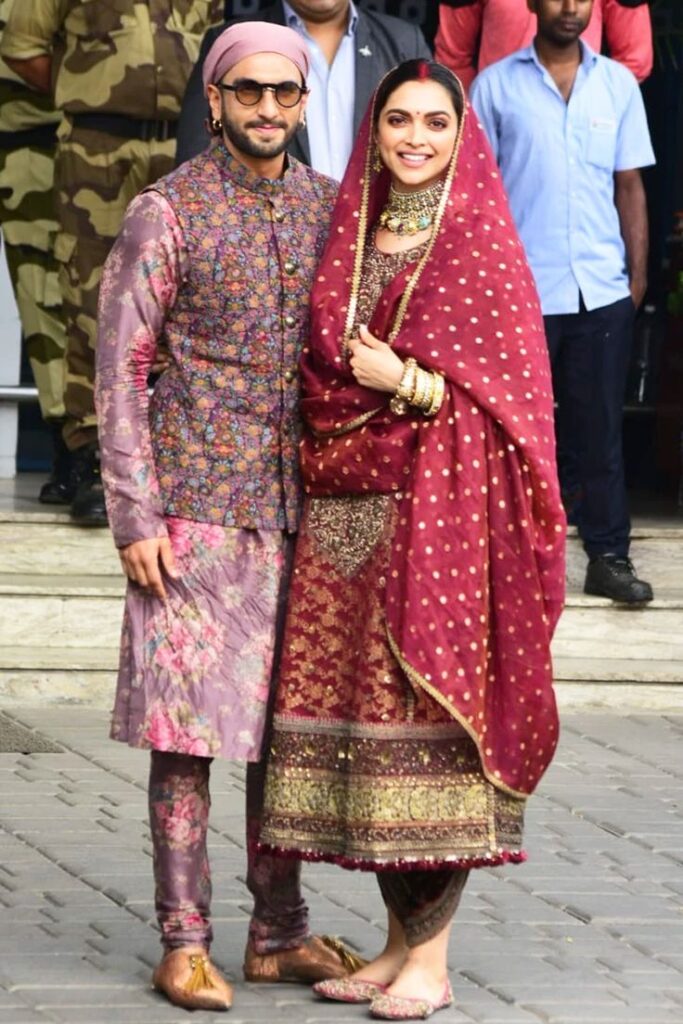
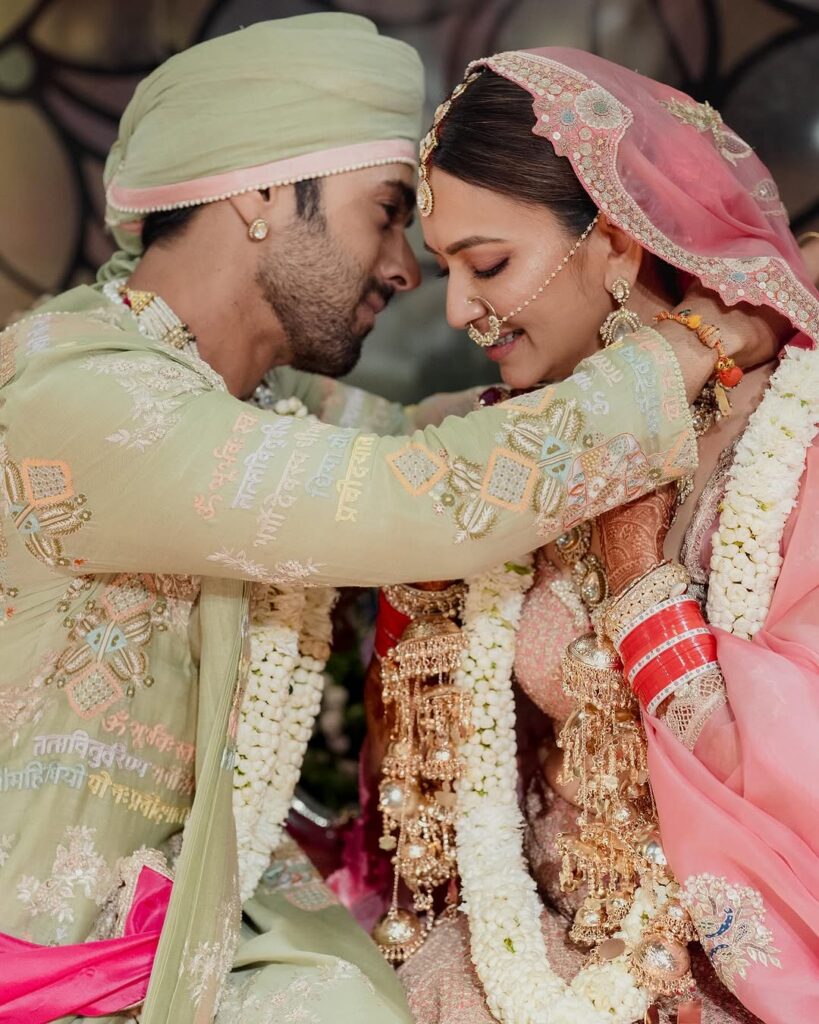
The mangalsutra, a sacred necklace worn by the bride, and the sindoor, the vermilion applied by the groom, are powerful symbols of marital commitment. In Hindu culture, these symbols are not only marks of a woman’s marital status but also serve as reminders of the vows and promises she has made to her partner. The mangalsutra, which often features black beads and gold, is said to ward off evil and bring good fortune to the marriage. The sindoor marks the groom’s responsibility for his bride’s well-being, while the act of applying it reflects the groom’s vows to protect and cherish her. In modern marriages, these rituals have evolved to represent mutual respect and partnership, with couples emphasising the equal importance of these symbols in sustaining their bond.
Varmala
The varmala, or jaimala, is one of the most joyous and widely recognised rituals in Indian weddings. During this ceremony, the bride and groom exchange floral garlands, symbolising the acceptance of one another as life partners. The varmala is a moment of joy and celebration as the couple affirms their mutual respect and affection for each other. The act of exchanging garlands, often done playfully with laughter and joy, signifies the union of two souls. This ritual emphasises equality, as both the bride and groom are equally involved in choosing each other. In modern marriages, the varmala holds deep significance as a symbol of partnership, mutual respect, and the willingness to embark on a shared journey of love.
Welcoming the bride
The indoor ceremony is a significant moment where the bride is formally welcomed into the groom’s home after the wedding. It happens with the bride gently kicking a kalash (sacred water vessel) filled with rice at the home’s entrance. This ritual signifies the bride’s new role in the groom’s family, emphasising the theme of nurturing and care. Traditionally, the bride steps into the house with her right foot first, symbolising a fresh and prosperous beginning. This ritual, while rooted in traditional customs, is often interpreted today as a symbolic gesture of the bride’s active participation in the shared journey of the couple’s married life. It is a moment of unity and mutual respect, recognising the role of both partners in creating a harmonious household.
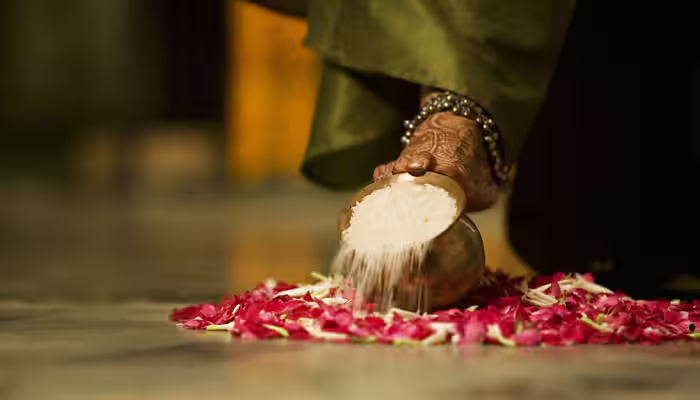
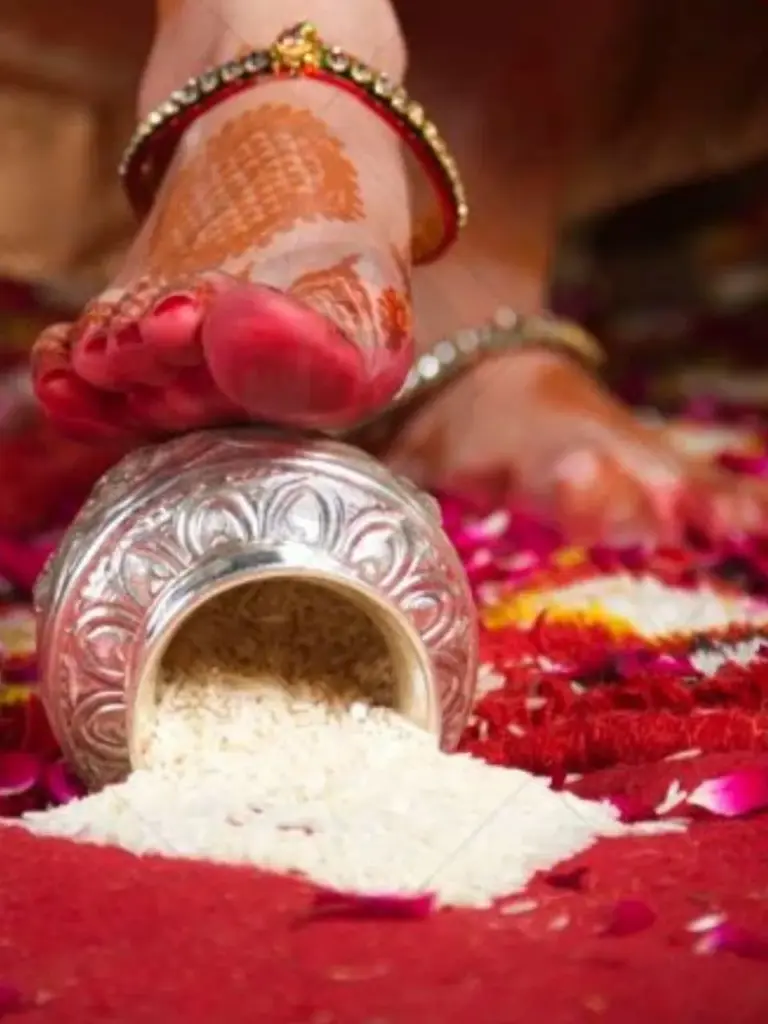
Kanyadaan
The ritual of kanyadaan, where the bride’s parents give her away to the groom, is one of the most poignant moments in an Indian wedding. Traditionally, it was seen as the father giving his daughter to the groom, entrusting him with her care. While this can be seen as patriarchal in nature, many modern couples have reinterpreted this act to reflect the trust and blessings of both families, signalling their unconditional support for the couple’s future. It is a gesture of love, respect, and the acknowledgement that marriage is a union of families, not just individuals.
Civil ceremonies: Personalising commitment and meaning
In contrast to traditional Indian weddings, civil ceremonies offer couples the freedom to craft their own rituals and reflect their values in ways that are unique and deeply personal. These ceremonies often forgo religious customs in favour of secular, meaningful traditions that emphasise the couple’s individuality while highlighting the importance of the commitment they are making to each other.
The exchange of rings: A symbol of eternity
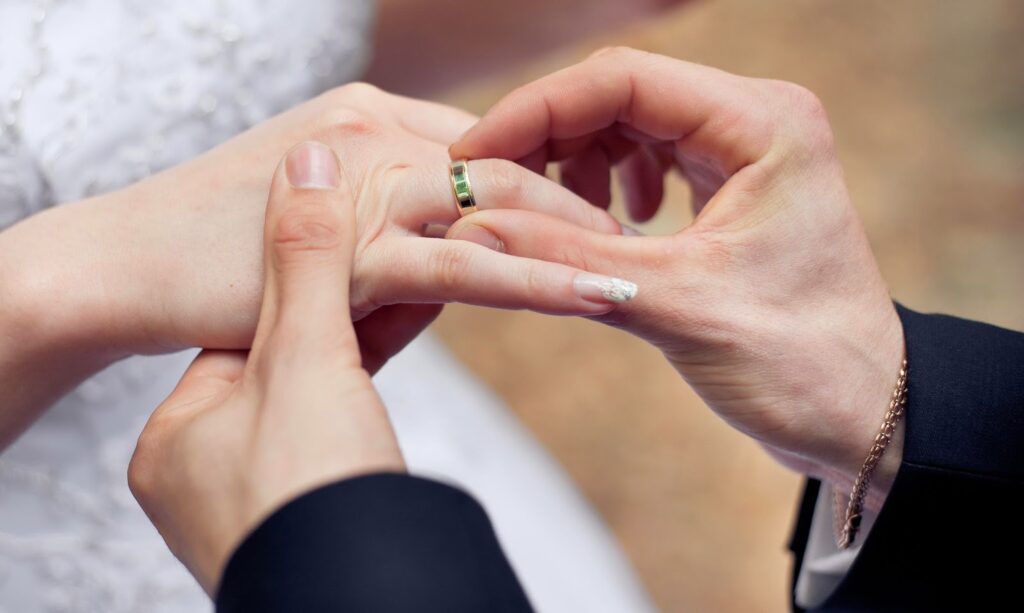
The exchange of wedding rings is one of the most universally recognised symbols of marriage. The circular nature of the ring represents the eternal bond between the couple, symbolising a relationship that has no beginning and no end. Modern couples often personalise their rings, engraving them with special messages or dates, making the rings not just a symbol of their love but a tangible reflection of their unique journey together. This simple yet profound ritual serves as a constant reminder of the promises made on the wedding day, creating a lasting connection that transcends time.
Unity rituals: The sand ceremonies and candle lighting
Unity rituals such as the sand ceremony or the lighting of a unity candle have become increasingly popular in civil weddings. These rituals symbolise the coming together of two distinct individuals and the blending of their lives. In the sand ceremony, couples pour different coloured sand into a single container, representing their individual personalities and their unified future. Similarly, lighting a unity candle signifies the merging of two families and the couple’s shared future. These rituals offer a visual representation of the couple’s commitment and serve as poignant, lasting memories of their wedding day.
Personalised vows with a heartfelt promise
Unlike traditional weddings, where vows may be pre-scripted, civil ceremonies allow couples to create personalised vows. These vows offer an intimate opportunity for the couple to express their individual commitments to each other, articulating their love, dreams, and promises for the future. Personal vows strengthen the emotional connection between partners and serve as a reminder of their shared goals. These vows are often cherished by couples as they reflect their personal values and unique connections.
The psychological impact of rituals
The psychological and emotional impact of wedding rituals is profound. Engaging in rituals helps couples mark a momentous transition in their lives. The shared experiences foster emotional stability, reinforce trust, and encourage a sense of belonging and togetherness. These rituals provide couples with opportunities to reflect on the promises they’ve made and remind them of their deep emotional connection. In times of difficulty, revisiting these rituals—whether through anniversaries or quiet reflections—offers couples a source of strength and a reminder of their shared bond.
Wedding traditions, whether drawn from Indian cultural practices or personalised civil ceremonies, play a vital role in strengthening modern marriages. These rituals are not just ceremonial—they are meaningful expressions of love, commitment, and shared responsibility. As couples walk together into the future, these traditions provide the grounding and support needed to navigate the challenges and joys of married life.
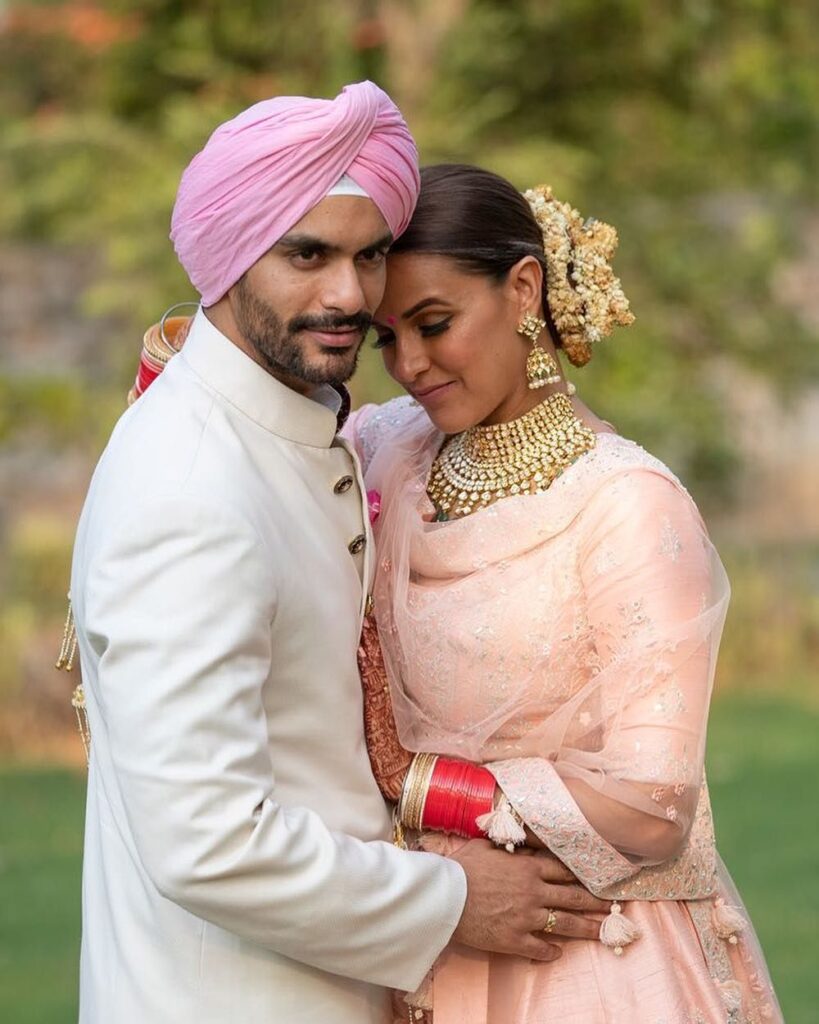

In an ever-changing world, wedding traditions offer a sense of continuity and connection, linking couples to a larger tapestry of love and shared values. They create not only lasting memories but also a deeper emotional and spiritual foundation that strengthens the bond between partners. By embracing these rituals, couples are reminded of the enduring power of commitment and the transformative nature of love, ensuring that their relationship remains strong, grounded, and full of purpose for years to come.



